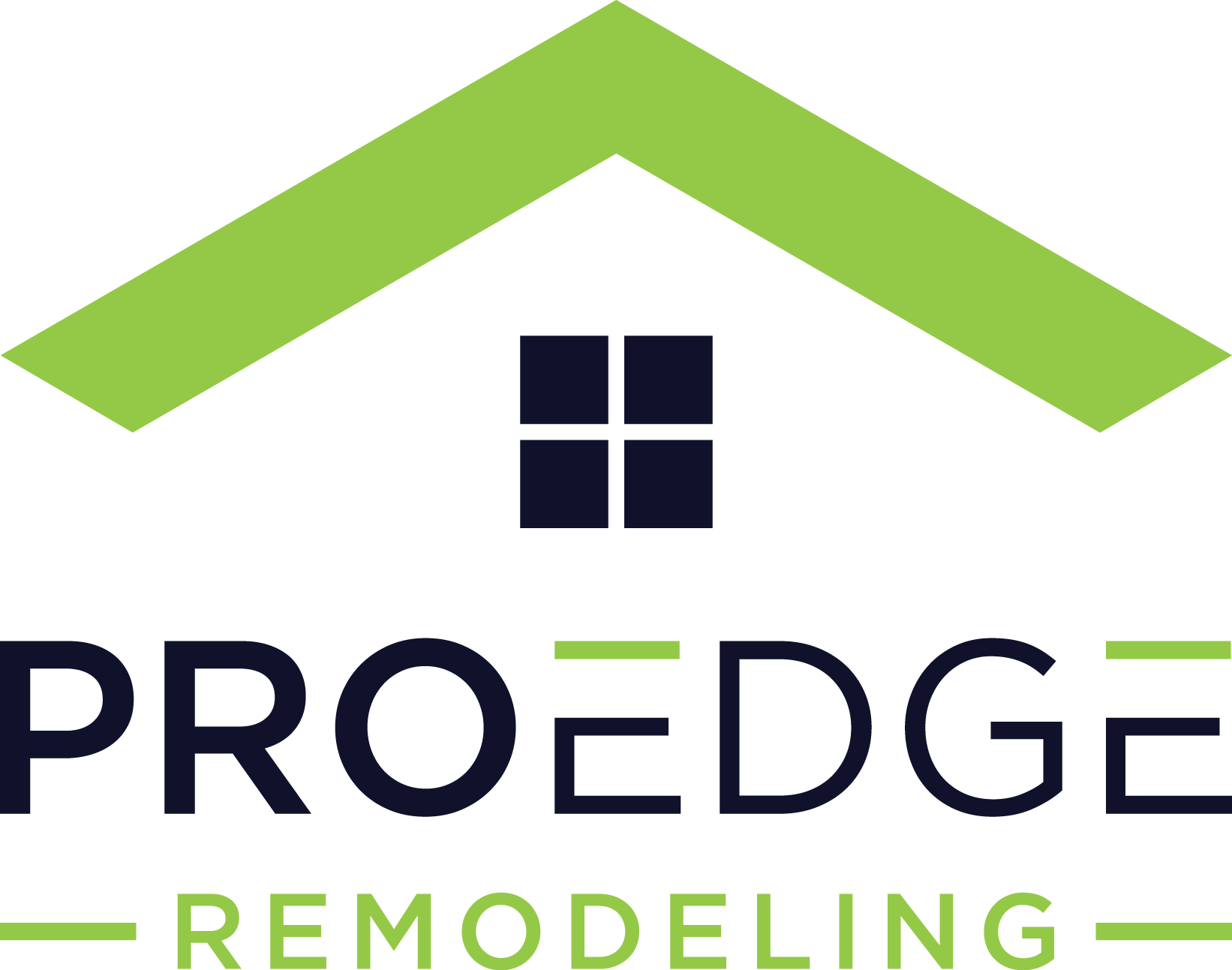Guide to a Kitchen Remodel

*Updated July 22, 2025
Remodeling your kitchen can make you feel like you have a brand new home. Everyone gathers in the kitchen, so it’s a great room to renovate and make more functional. However, because it’s one of the most important rooms in the home, you must know what to consider.
What is the Average Cost of a Kitchen Remodel?
The average cost for a full kitchen remodel is $26,241, but you can have kitchen remodel projects that cost as little as $10,000 or as much as $140,000. You can do a minor kitchen renovation that involves small changes like painting the kitchen walls, refinishing kitchen cabinetry, and upgrading small fixtures, like lighting or faucets.
If you want to upgrade further, you can consider remodeling your kitchen with tasks such as replacing the floor, adding an island, upgrading the kitchen layout, or installing new appliances.
A full kitchen renovation could mean completely changing the layout, installing custom cabinetry, adding high-end countertops like granite or quartz, and upgrading to energy-efficient appliances.
No two kitchen remodel projects are the same, and your project should depend on your budget and desired outcome. You can use a kitchen remodel estimator to help plan your budget more accurately.
Steps to Remodeling a Kitchen
Set Your Budget
The first step is to set your budget. This will determine what you can and can’t do in your kitchen. Knowing the budget allows you to prioritize and determine where to cut corners.
If you’re on a limited budget, consider diy-friendly options or doing some of the work yourself and saving money for complex jobs, like electrical and plumbing work.
Always keep a 10% – 20% cushion for unexpected expenses such as demolition or discovering issues behind the drywall or floor.
Shop Around
Before hiring a contractor, shop around for materials and get inspiration from Home Depot, Lowe’s, and online buying guides. Look for deals on cabinet and countertop packages, tile backsplash, and smart appliances. Discontinued lines or ready-to-assemble kitchen cabinets can help you save significantly.
Create a List of Non-Negotiables
Make a list of must-haves such as high-quality kitchen cabinets, durable flooring, and beautiful countertops. Investing in quartz or granite countertops, custom cabinetry, or a modern kitchen backsplash adds value and durability.
Consider the Layout
Your kitchen design should center around functionality. If you’re keeping your galley layout or considering a u-shaped design, make sure it supports how you cook and entertain.
Plan for a minimum of 36 inches of countertop space and ensure enough floor clearance for drawer access and appliance doors to swing open. If you love to entertain guests or consider yourself a home chef, your kitchen layout should reflect that.
In What Order Should You Remodel a Kitchen?
- Plan Layout and Electrical/Plumbing: Map out locations for cooktops, ovens, outlets, and plumbing fixtures. Complete any electrical and plumbing updates first.
- Drywall and Paint: If you’ve made structural changes or moved a stud, install new drywall, insulate, and paint your kitchen walls.
- Install Flooring: Choose from tile, laminate, solid surface, or hardwood. Install before cabinetry for best fit.
- Cabinet Installation: Whether you’re opting for new cabinetry or painted cabinets, this is a major visual element.
- Install Countertops, Sink, and Faucet: Go with granite, quartz, or laminate depending on budget and taste. Add a fixture and faucet that ties into your style.
- Backsplash: Add subway tile, tile backsplash, or paneling to create a statement.
- Install Appliances: Finish up with energy-efficient appliances, including small appliances like a microwave or induction cooktop.
Top 3 Tips for a Kitchen Remodel
1. Plan Ahead
Use tools like an estimator and consult with a kitchen designer early on. Envision your space and think about design ideas and how your kitchen will function day to day.
2. Maintain the Layout
Keeping your current kitchen layout can cut labor costs and avoid the need to plumb or rewire.
3. Prioritize Quality
Spend on durable surfaces and cabinetry. Think of this as a long-term home improvement investment, not just a quick makeover.
How to Cut Costs When Remodeling Your Kitchen
- Buy Appliances on Sale: Shop around major holidays.
- Upgrade Cabinet Hardware: Instead of replacing cabinets, update cabinet hardware.
- Get Multiple Quotes: Use quotes to compare labor and materials.
- DIY: Install a rug, paint, or tackle other simple updates yourself.
FAQ
Is it better to have a stove or sink in a kitchen island?
Most prefer a sink in the island to avoid a bulky range hood in the middle of the kitchen.
What time of year is best to remodel a kitchen?
Late summer or early fall is ideal, but the end of the year may bring contractor discounts.
What is the biggest expense in a kitchen remodel?
Cabinetry usually tops the list, followed by countertops, flooring, and appliances.
Final Thoughts
A kitchen remodel can increase your home’s value and improve your quality of life. Whether you go big or small, focus on smart design ideas, quality materials, and efficient planning. Consult with a kitchen designer, explore kitchen ideas, and consider using a cost estimator to bring the kitchen of your dreams to life!
Additional Kitchen Remodel Resources
- Modernize Your Kitchen with Chic Zinc Countertops
- Space Saving Kitchen Storage Ideas
- How to Design a New Kitchen
- Pros and Cons: Countertop Options
- The Best Under Cabinet Lighting Options

Anna has over six years of experience in the home services and journalism industries and serves as the Content Manager at MyHomePros.com, specializing in making complex home improvement topics like HVAC, roofing, and plumbing accessible to all. With a bachelor’s degree in journalism from Auburn University, she excels in crafting localized, comprehensive guides that cater to homeowners’ unique needs. Living on both coasts of the United States has equipped her with a distinctive perspective, fueling her passion for turning any house into a cherished home through informed, personalized decision-making.








